This lesson is going to be extremely helpful to you in the following Guitar Super System courses and it will also help you understand some of the language I’m using throughout the remainder of this course.
Theory Behind the Major ScaleLearn the theory behind what makes the Major Scale so awesome! Check out the full Guitar Super System course at http://udemy.com/guitar-super-system-level-1-unlock-your-potential/
Posted by Music is Win on Monday, August 17, 2015
This diagram below is called the Circle of Fifths. The Circle of Fifths will help you understand and remember the notes play in any key you want to play. That means you’ll know which keys have sharp notes and which have flat notes.

Starting at the top of the circle, you can see that the key of C has no sharps or flats, so on a music staff, it would look just like the image below on the left, whereas a key signature like G (image on the right) would show the one sharp on the music staff.


Let’s take a look at the first Mode (Ionian) of the G Major Scale on a guitar neck. Notice how there is a small adjustment when we reach the F# on the fourth string. While this adjustment doesn’t necessarily happen on a sharp or a flat note, it is something to keep in mind as we progress in this lesson.

Let’s take a look at the same concept, only on a piano. When you play the G Major Scale on a piano, you’ll see that you only play white keys until you reach the F#. Just like on the guitar, a small adjustment is made to stay within the confines of the scale, but with a piano, any sharp or flat notes are indicated more obviously, as they are the black keys.

The adjustment you make on the guitar to stay within the Ionian Mode is always the same, whether you’re playing in a sharp or flat key. This lesson demonstrates the effectiveness of Three-Note-Per-String theory, because while you’re getting your bearings trying to remember what notes make up what keys, you can be confident that once you learn the pattern for each Mode, you will be able to apply that pattern to any key signature on the guitar neck. In the next lesson, you will learn exactly how to play each corresponding pattern for the Major Scale Modes.
What’s the most iconic guitar solo written in 10/8?
Writing music without instruments is both challenging and rewarding.
Applying concepts to songs you love is the best way to learn.
Three-notes-per-string is the fastest and most effective way to learn scales.
Come on down the music theory rabbit hole with me and Bryan.
This type of guitar playing will move your listeners every time.
The fretboard is a roadmap: there are endless ways to reach the same place.







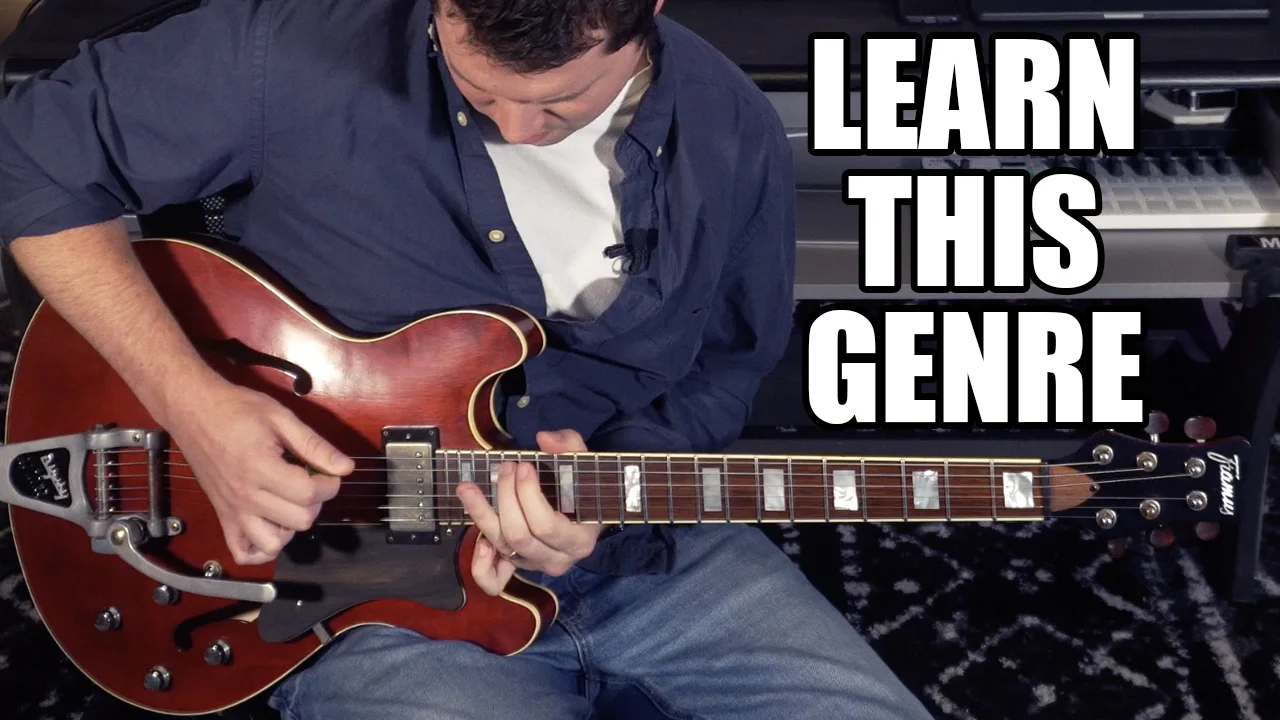



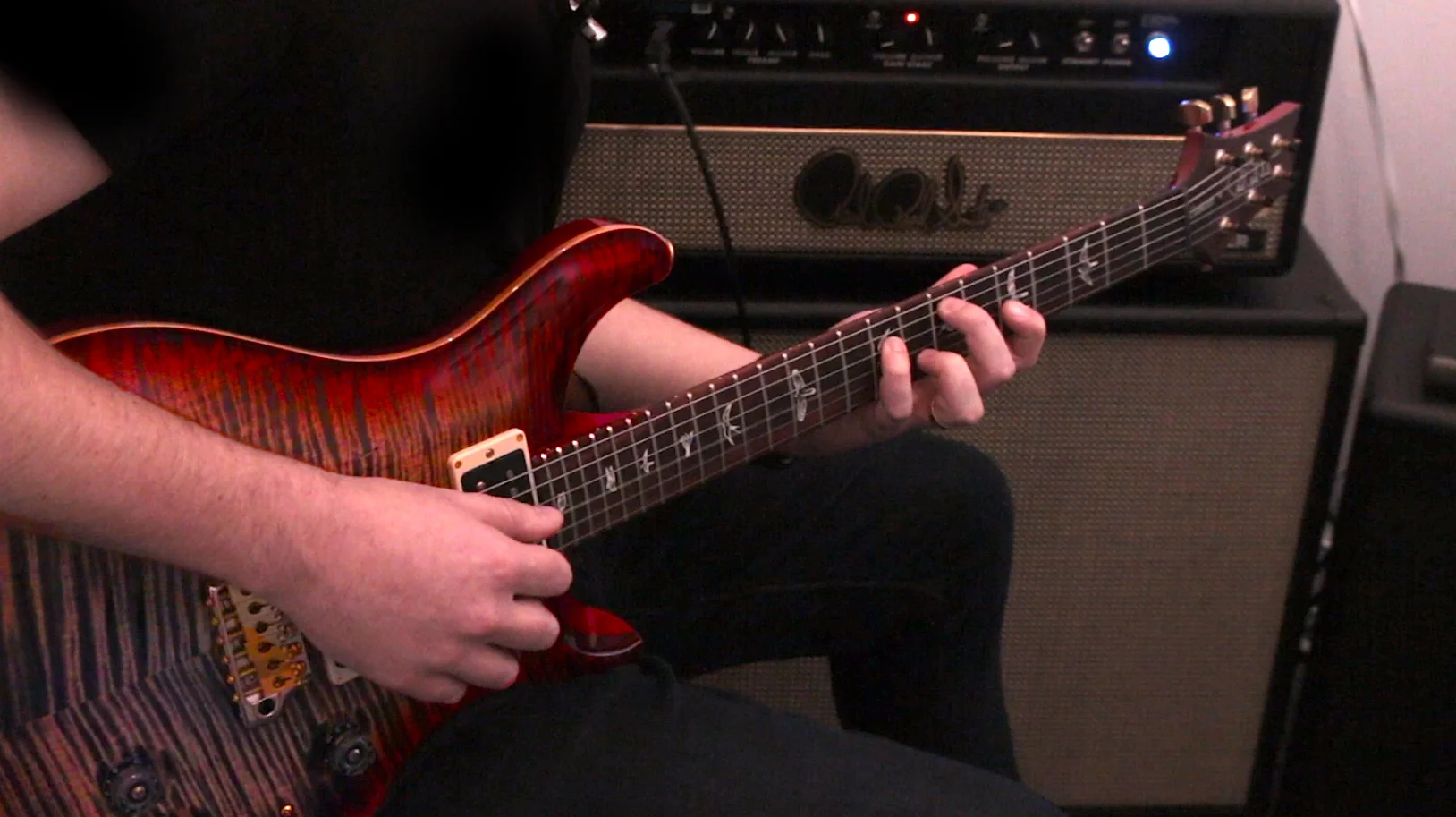


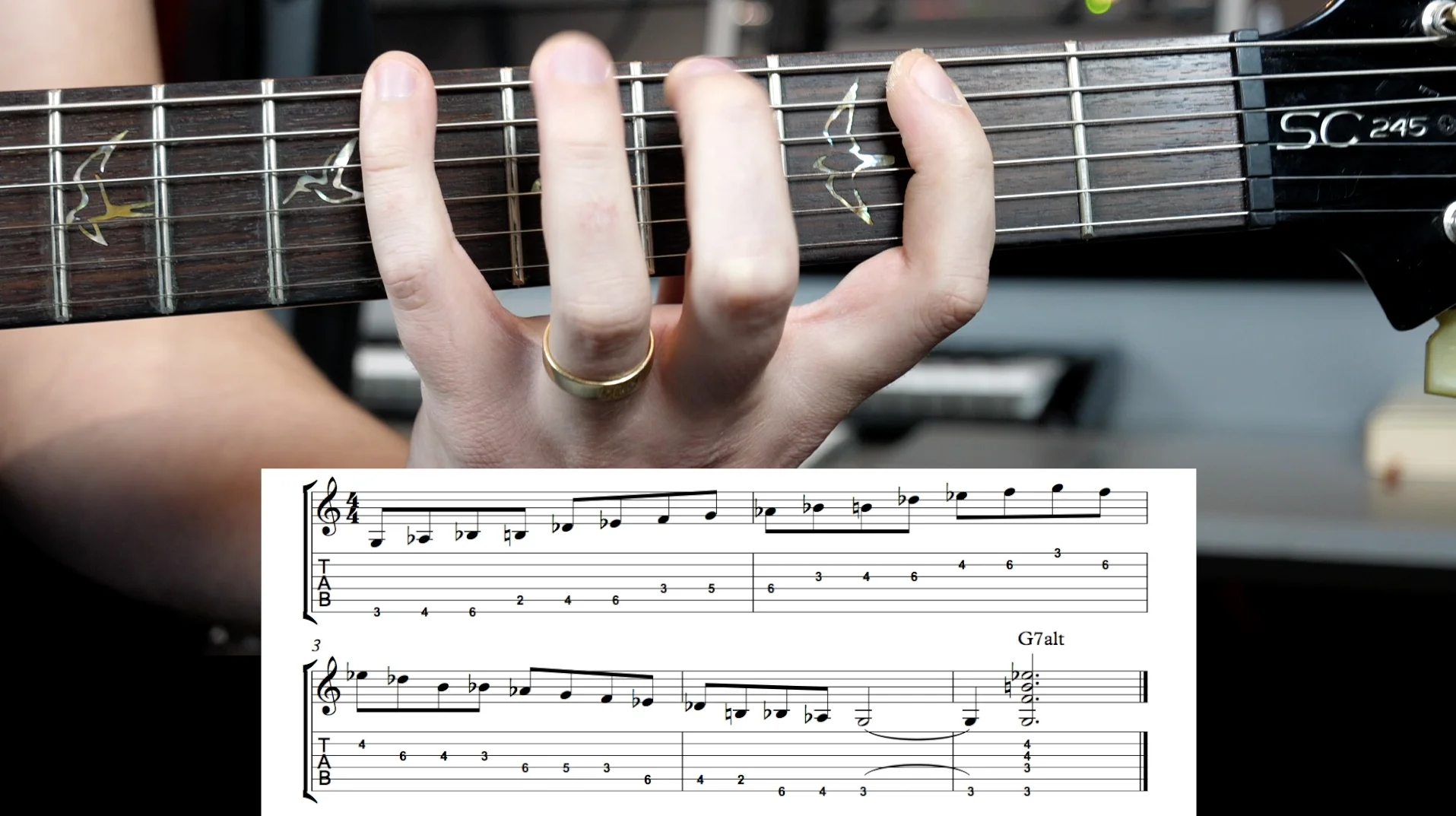






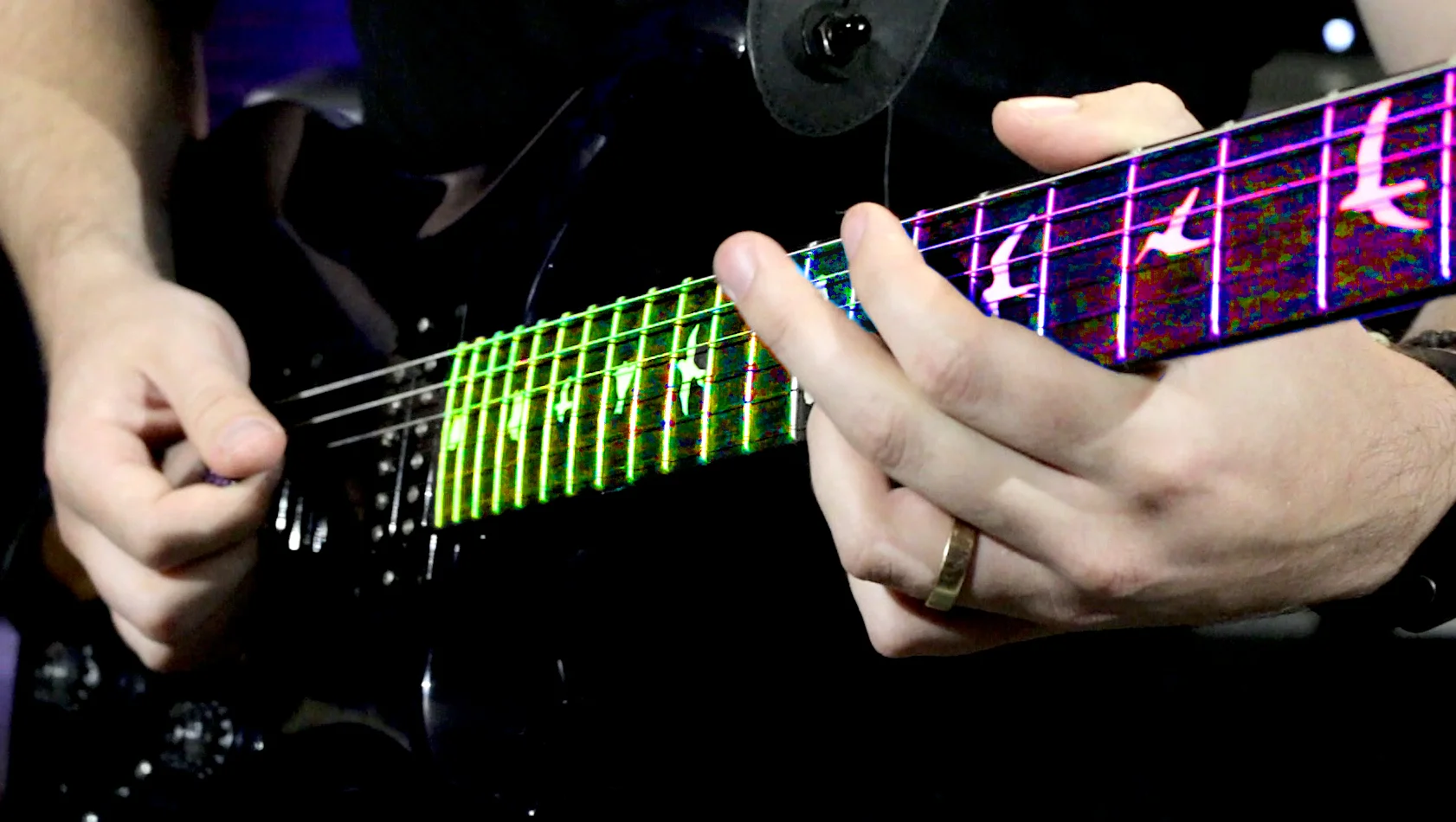






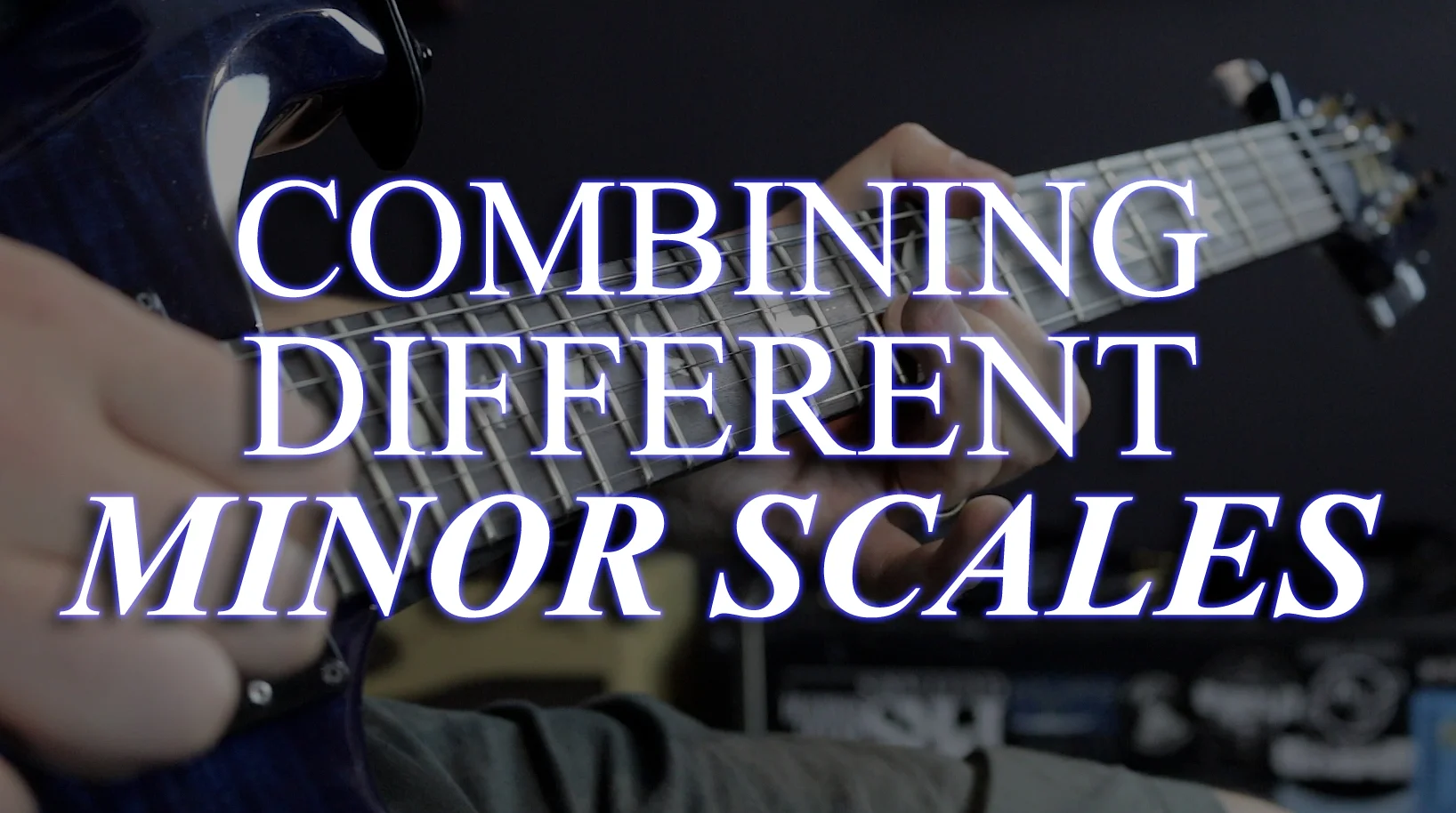

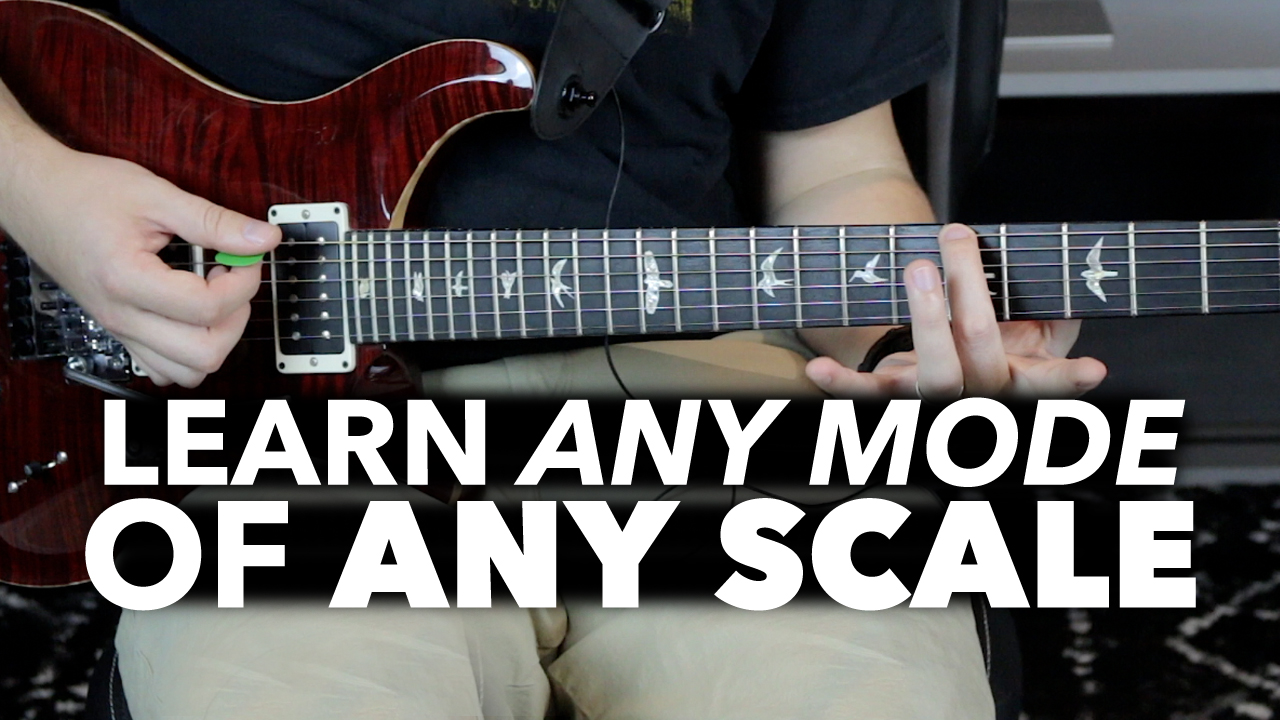

Prepare to play the most meaningful music you ever have.